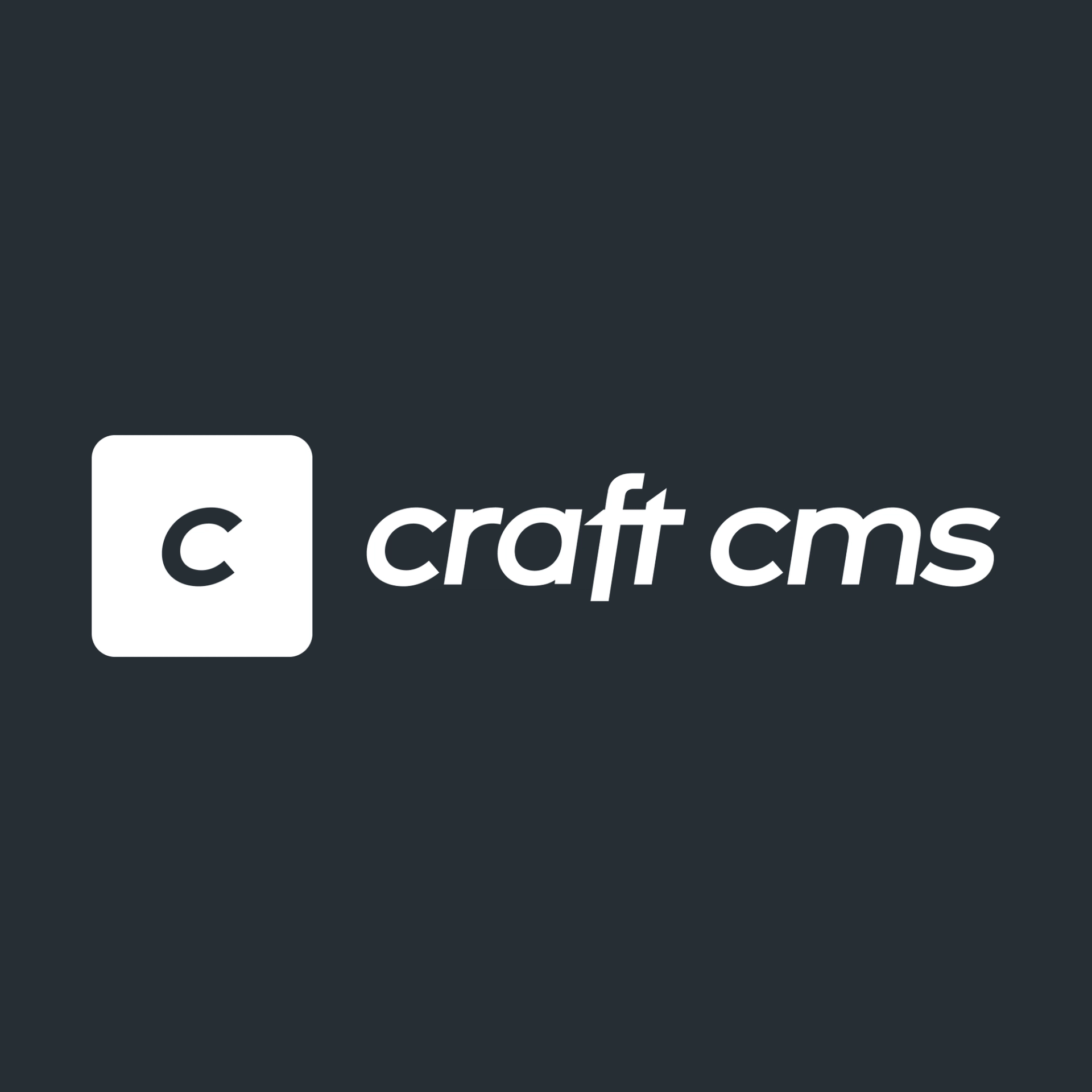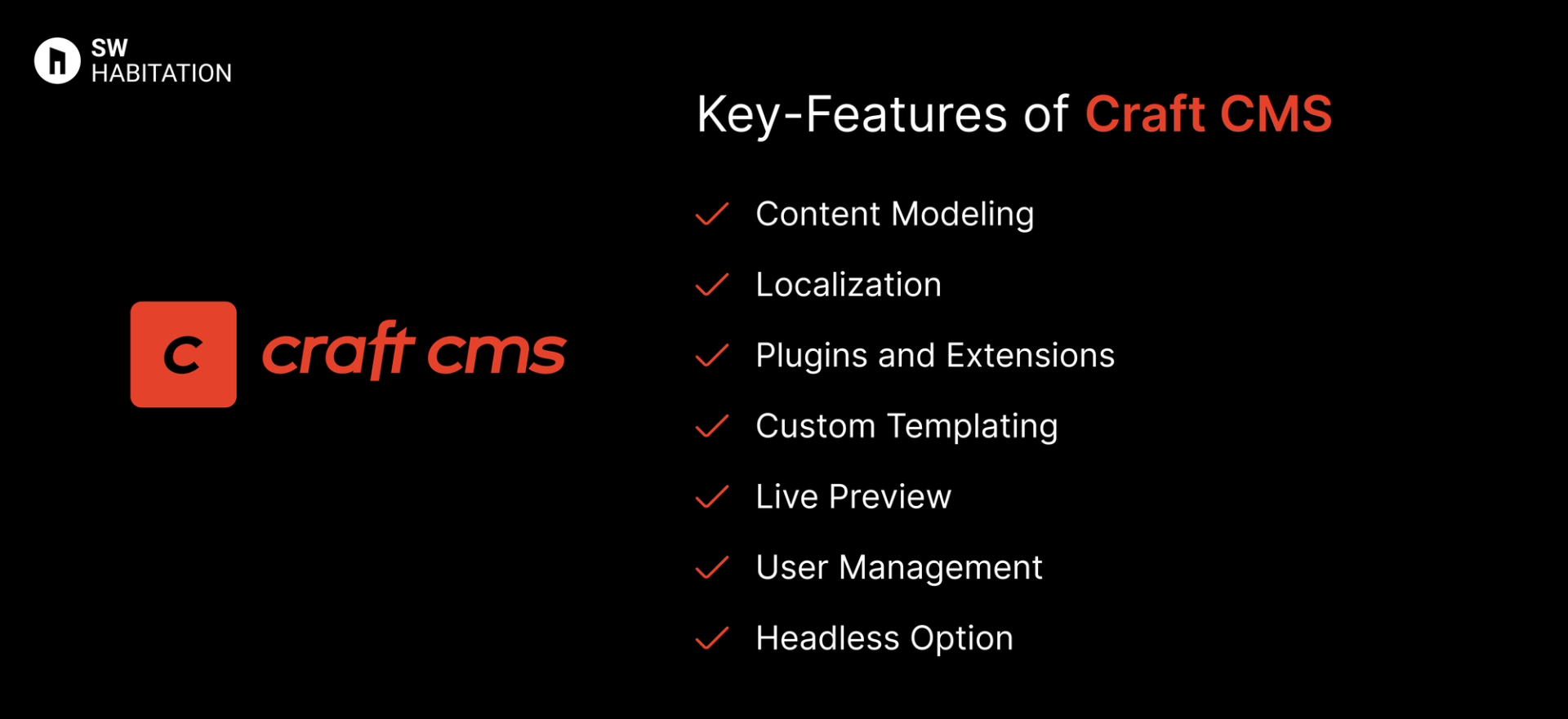Craft CMS vs. Contentstack

Craft CMS

Contentstack
You know, when you wanna make a website or a blog but don’t wanna mess with too much code? That’s where a CMS (Content Management System) comes in. It’s like a super easy tool that helps you add text, pictures, and videos to your site without needing to be a tech genius. You just log in, click a few buttons, and your content is live. It's quite simple, right?
What is Craft CMS?
Craft CMS is a content-first CMS that gives developers complete control over their content structure and front-end design.
Unlike traditional CMS platforms that come with pre-built templates, Craft takes a more hands-on approach, you can build everything from scratch, making it super customisable.
Key Features of Craft CMS


- Content Modeling: Structure your content however you like with fields and relationships.
- Localization: Native support for multi-language content.
- Plugins and Extensions: Expand functionality with a rich plugin ecosystem.
- Custom Templating: Use Twig, a simple templating language, for front-end.
- Live Preview: See changes in real time before publishing.
- User Management: Manage user roles and permissions easily.
- Headless Option: Use Craft as a headless CMS with GraphQL or REST APIs.
Advantages of Craft CMS
- Highly Customizable: Total control over your content structure and front-end.
- Active Community: Plenty of plugins and community support.
- Scalable: Handles both small projects and large, complex sites.
- Great Developer Experience: Clean code, easy templating, and robust documentation.
- Built-in Localization: Native support for multilingual sites.
Disadvantages of Craft CMS
- Setup Time: It takes longer to set up compared to plug-&-play CMS options.
- Not Beginner-Friendly: It requires some coding knowledge.
- Paid License: No free tier, you’ll need a license to use it.
What is Contentstack?
Contentstack is a headless CMS built to help teams create, manage, and deliver content across multiple digital platforms.
Unlike traditional CMS platforms, Contentstack separates content management from presentation, allowing you to deliver content via APIs to websites, mobile apps, IoT devices, and more.
Its focus on enterprise-level content management. It’s built with scalability, collaboration, and performance in mind which makes it a top choice for large teams and large projects.
Key Features of Contentstack


- Powerful APIs: Integrate easily with front-end frameworks like React, Vue, and Next.js.
- Headless Architecture: Decouple content from presentation for maximum flexibility.
- Robust Security: Enterprise grade security features for peace of mind.
- Content Modeling: Design content structures that fit your project’s needs.
- Omnichannel Delivery: Publish content across websites, mobile apps, and beyond.
- Built-in Localization: Handle multi language content natively.
- Version Control and Workflows: Track content changes and manage workflows with ease.
Advantages of Contentstack
- Collaboration Friendly: Built-in workflow management makes team collaboration smooth.
- Highly Scalable: Handles large projects and complex content models effortlessly.
- Top-Notch Security: Enterprise-grade security features to protect your content.
- Omni-channel Support: Deliver content to web, mobile, IoT, and more from a single source.
- Powerful API: Integrates seamlessly with popular front-end frameworks.
Disadvantages of Contentstack
- Learning Curve: It can be a bit overwhelming for beginners.
- Pricing: Enterprise-level features come with an enterprise-level price tag.
- Overkill for Small Projects: Best suited for large scale projects.
Comparison Between Craft CMS vs Contentstack
Use Cases of Craft CMS
- Custom Websites: When you need total control over your front-end design.
- Headless Implementations: Use Craft’s APIs to serve content anywhere.
- Complex Content Structures: Projects that require complex content relationships.
- Agencies and Freelancers: Ideal for building unique, high-performance websites.
Use Cases of Contentstack
- Enterprise Projects: Large-scale applications and websites.
- Omni-channel Content Delivery: Publish content across multiple platforms seamlessly.
- Collaborative Teams: Built-in workflows make it easy to manage multiple contributors.
- Complex Content Models: When your content structure is more complex.
Other Resources
Conclusion
Headless CMS platforms make managing your website very simple and easy. Whether you’re running a blog, online store, or business, they handle the tough stuff so you can focus on your content.
With a user-friendly interface and the ability to work with any technology, you can create a site that really fits your needs.
These platforms are flexible, secure, and can grow with you. They offer features like custom content, easy editing, and integrations with other tools. Choose the one that fits your requirements and start building your dream website today 🚀
Frequently asked questions
What is Craft CMS used for?
It’s used for creating custom websites where you need full control over the design and content.
Is craft cms beginner-friendly?
It’s a bit more technical than some other CMSs, so it’s ideal if you’re comfortable with web development.
Can I use Craft CMS with React or Next.js?
Yes, but you’ll need to set up an API to make it work smoothly with frontend frameworks.
Is Craft CMS free?
No, but it offers a one-time license fee, which can be more affordable for long-term projects.
Does craft-cms offer built-in SEO tools?
Not out of the box, but you can add plugins for SEO features.
What is Contentstack?
It’s a headless CMS that lets you manage content separately from your website’s design. Great for big projects.
Is contentstack hard to learn?
Not at all. It’s user-friendly, but if you’re new to headless CMS, there might be a small learning curve.
Can I use contentstack with React or Next.js?
Absolutely, Contentstack works well with modern frameworks like React, Next.js, and more.
Is contentstack free?
It’s not free, but there’s a trial to help you see if it fits your needs before committing.
Does contentstack handle multi-language content?
Yes, it’s great for managing content in multiple languages!
